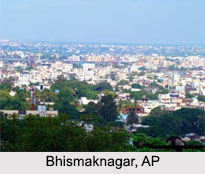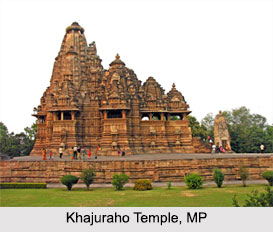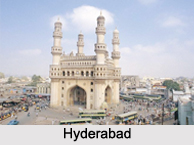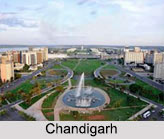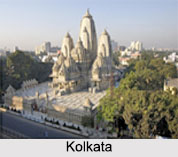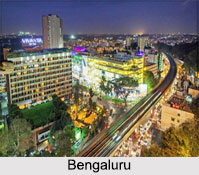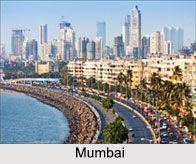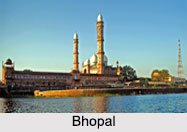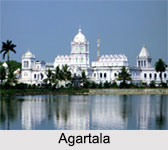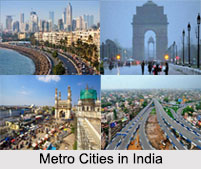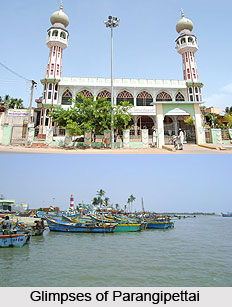 Parangipettai is a panchayat town in Cuddalore district of Tamil Nadu known for its historical and economical significance. The town is situated on the north bank of the mouth of the Vellar River. It is located at a distance of approximately 30 km from Cuddalore. Historically, it is called Porto Novo which means "New Port" in Portuguese. That is why Parangipettai people are also called "Novians". Parangipettai is an important pilgrimage centre for both Hindus and Muslims.
Parangipettai is a panchayat town in Cuddalore district of Tamil Nadu known for its historical and economical significance. The town is situated on the north bank of the mouth of the Vellar River. It is located at a distance of approximately 30 km from Cuddalore. Historically, it is called Porto Novo which means "New Port" in Portuguese. That is why Parangipettai people are also called "Novians". Parangipettai is an important pilgrimage centre for both Hindus and Muslims.
Etymology of Parangipettai
In the state of Tamil Nadu, foreigners like Europeans and Arabs are referred to as Parangi and Pettai refers to a place. Thus, Parangipettai literally translates to the pettah or abode of the parangis or Europeans in Tamil. The Portuguese were the ones who actually named this place "Porto Novo" as they established a port here and made it their trading stronghold. Interestingly, the town has taken different names at different times. During the period of Portuguese colonial rule, it was known as `Portonovo`. It was also known as `Muthukrishna puri` when the Nayakkars ruled and `Mohammed banthar` when the Mughals ruled.
Demographics of Parangipettai
According to 2001 India census, the town had a population of 20,901 of which the males were 49% and the females were 51%. At that time, 12% of the population of the town was under 6 years of age. On the basis of the report of same year, the town had an average literacy rate of 75%, higher than the national average of 59.5%. The male literacy was 81% and the female literacy was 69%.
Historical and Economical Significance of Parangipettai
The Battle of Porto Novo was fought here in 1781 during the econd Anglo-Mysore War. Owing to its strategic location on the Coromandel Coast, this town has long been a major trading centre. It was an important trading destination for the Arabs, especially the Yemenis. This town is home to the first iron and steel industry of India which was constructed in the year 1830. The iron pillars in the Egmore railway station bearing the imprint ` Made in Porto Novo` still can be observed.
Religious Spots at Parangipettai
Parangipettai is home to a number of mosques and temples. Some of the notable mosques are Meerapalli (Big Masjid and Jumma Palli), Gummath Palli (Jummah Masjid), Vathiyapalli (Jummah Masjid), Appapalli (Jummah Masjid), Housepalli, Kadriya Masjid, Madina Palli, Kalima palli, Ukkashah mosque, Magdum Appa Palli (Pakim Zaad), Kilur Nabi Palli, Habeebiyah Palli and newly constructed TNTJ Markuz. Many people believe that the grave of Ukkashah, companion of the prophet Muhammad, is located in Porto Novo.
The name of the notable Hindu temples include Kumaran Kovil (Temple of Muruga), the Periya Kovil (Big Temple) for Shiva, the Varadaraja temple, Karpaga Vinayagar temple, Sanjeevirayar temple of hanuman, Angala Parameswari temple, Ellai Amman Kovil, Oadakarai Maari Amman Kovil, and Parasakthi temple.
